 I decided to peruse several commentaries I have on the book of John to see what they have said about the pericope of the adulteress. Do they say it’s original or not, and what are the reasons offered for their decisions?
I decided to peruse several commentaries I have on the book of John to see what they have said about the pericope of the adulteress. Do they say it’s original or not, and what are the reasons offered for their decisions?
What I found, as you might have already guessed, is that virtually every single one of them claim that the pericope was a later addition to the Gospel and provide two reasons for this conclusion: 1) it is not included in many of the earliest extant manuscripts of the Gospel, appearing first in the Greek-Latin diglot of the fifth century Codex Bezae and 2) it disrupts the Tabernacles discourse which would be remedied with no lose to the narrative/discourse if omitted.
But, and here’s where one might find himself or herself frustrated to no end, none of these commentaries provide any sustained reason for why or how it interrupts the discourse, only that it does.
I found it interesting, however, that N. T. Wright provides arguments in favor of its omission due to its interruption of the Tabernacles discourse as well as arguments in favor of its inclusion due to the fact that, if omitted, the discourse suffers when interpreters look for a reason for the character change Jesus undergoes later in chapter eight. He writes:
There is a puzzle about this story. It doesn’t really seem to fit here. Chapters 7 and 8—omitting this passage—seem to flow on reasonably well. And, tellingly, the earliest copies of John’s gospel do in fact run straight on from 7:52 to 8:12, missing this story out altogether. At the same time, some manuscripts put it in, but in a different place. Some have it as an extra story after the end of the gospel. Some even place it in Luke’s gospel (and it has to be said that the way the story is told is, if anything, more like Luke than like John). That’s why some translations of the Bible put the story in brackets, or add it to the end as an ‘appendix’.
At the same time, there is something to be said for reading it here, where a lot of manuscripts do have it. John 7 has Jesus teaching in the Temple during the festival of Tabernacles, and the crowds and authorities getting increasingly interested in asking who he is and what he’s about. John 8 has an altogether darker tone, with Jesus accusing the Judaeans of wilfully misunderstanding him, failing to grasp what he’s saying, and wanting to kill him, because they are following the dictates of ‘their father, the devil’. Chapter 8 contains some of the harshest things Jesus is ever recorded as saying. What has happened?
It is as though Jesus has come face to face with the real problem at the heart of the Judaean attitude—to him, to God, to themselves, to their national vocation. We won’t understand the chapter if we think of the Judaeans as simply interested bystanders trying to make sense of a curious teacher newly arrived in town. If we read it like that, Jesus appears irrationally angry and dismissive, and indeed that’s what they seem to have thought too (see verses 48 and 52). John, writing the chapter, is well aware of the impression Jesus was making.
The chapter fits, in other words, with a change of mood brought on by something which has caught Jesus’ attention, and has made him realize just how steeped in their own patterns of thinking his Judaean contemporaries had become—and how devastatingly unlike God’s patterns of thinking they were. So, whether or not the story of the woman and her accusers originally belonged here, it certainly helps us to understand the chapter which it now introduces. The chapter as it now stands begins with people wanting to stone a woman to death; it ends with them wanting to stone Jesus. Perhaps that, too, is trying to tell us something.*
Whatever one concludes about the originality of the pericope of the adulteress to John’s Gospel, it does not suffice to say that omitting the story remedies all problems within the discourse of the Gospel. We should investigate what ties, themes, and elements are developed and strengthened by its inclusion, what elements become more difficult to explain upon its removal, and what elements are easier to explain and make more sense when excluded.
Just because everyone else says it’s so don’t mean you proved it!
* Tom Wright, John for Everyone, Part 1: Chapters 1-10, (London: Society for Promoting Christian Knowledge, 2004), 11–112.

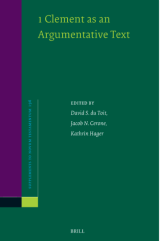
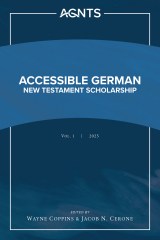
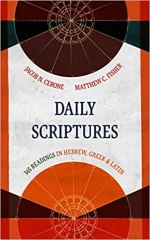
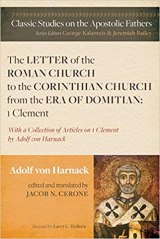



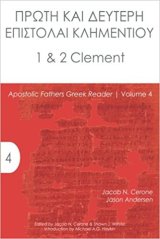
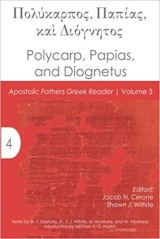
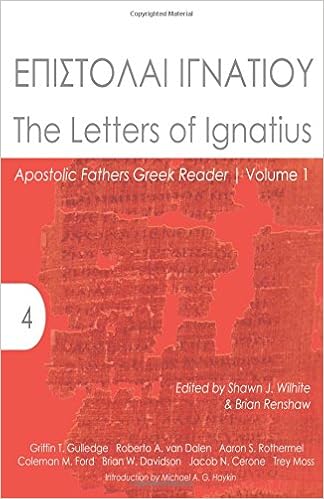
I believe the story is true. It may have been inserted at a later date – but, that doesn’t preclude John from having preached the story.
Pingback: N.T. Wright on the Pericope of the Adulteress | Christian Origins